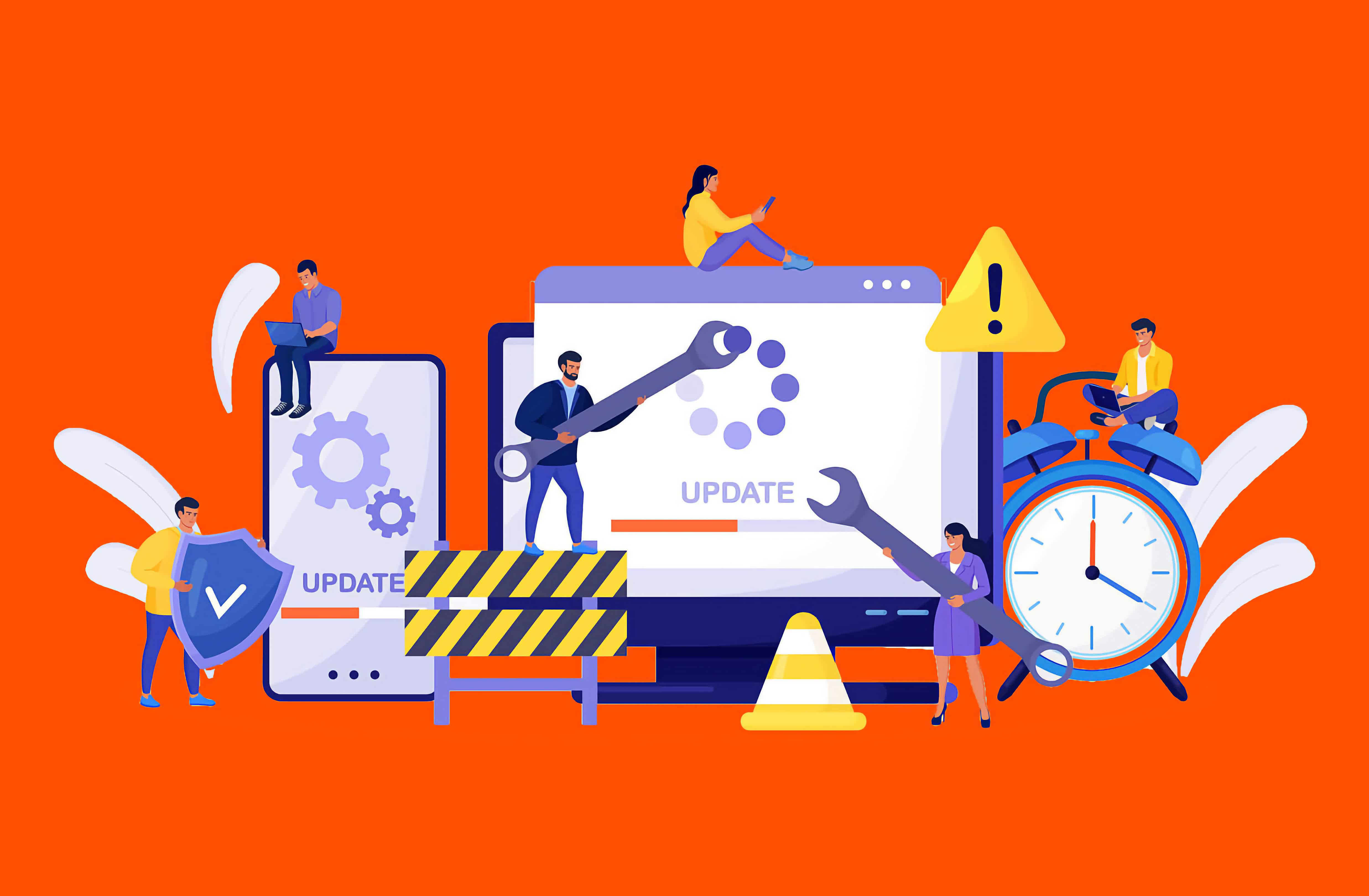Failover vs. Failback: Two Disaster Recovery Methods
A key distinction in the realm of disaster recovery is 关键字3the one between failover and failback. Both terms describe two sides of the same coin, complementary processes that are often brought together. However, their effects and purposes couldn't be more different. Both play critical roles in ensuring business continuity and disaster recovery, making it essential to understand what they are and how they differ. Failover is a business continuity operation that ensures continued access to a system by fully transitioning to another instance of that system. This secondary system is designed to be resilient, ideally unaffected by the event that compromised the primary system. Put simply, failover occurs when connectivity is switched from one system instance to another. This can happen in various ways, including: Editor's Note: The critical point about failover is that it involves a complete migration of logical or physical access from the primary system, server, or hosting location to a secondary one. While other processes, such as load balancing, may distribute partial connectivity between system instances or components, they do not qualify as failover because they do not represent a full cutover. Failback is the quintessential disaster recovery operation. It involves a full migration back to the production status quo – a recovery if you will – at the validated conclusion of a disaster. Failback occurs when a system reverts back to the primary environment after the root cause of a disruption has been addressed. In practice, this looks like a failover, but in reverse. Once the primary system is restored, access is pointed to that system, and the standby is deactivated. This reversion is a critical distinction. Some organizations may have complete standby systems for critical applications, which permit full operations on the standby system. In that case, the standby can rightfully be considered the primary and the repaired former primary the new standby. Failover is critical in a business continuity event because it keeps operations running. By having a system to which your business can transition when a primary system is unavailable, you're able to continue doing business. People can work, revenue streams are preserved, and customers can be served. Without failover, these functions could grind to a halt, leading to significant disruption. Many organizations depend on technology for critical processes, and when those processes are unavailable, analog alternatives may be insufficient or entirely obsolete. Failover ensures that even in a disaster, the business keeps moving. Failback comes into play once the need for failover ends. As the disaster is resolved, failback allows the organization to return to normal operations. Typically, failback is necessary when the standby system cannot sustain operations as effectively as the primary system. For instance, a standby system may not be a full replica of the primary system and might be designed only for temporary use during an emergency. For mission-critical systems, some organizations may build a standby system that is a full replica of the primary. While costly, this approach mitigates the risks of diminished functionality during disasters. In an ideal world, every business would maintain two fully operational environments: a primary environment and an identical standby environment. This setup would allow for seamless transitions during disasters, ensuring that business operations are completely unaffected. However, that model can effectively double an IT budget: two sets of endpoints, two sets of servers, two sets of cloud environments, two sets of data, staff to support that both in IT and business operations, etc. It's costly and inefficient for any company, to the point where no company truly maintains that support model. Instead, most organizations opt for a failover and failback model because it balances cost and efficiency. With this approach, the standby environment is designed to sustain critical operations during a disaster, even if it's not as robust as the primary system. This makes it more economical, less work is duplicated, and the risk of data loss or impact is lower. It's crucial to maintain a well-designed secondary environment. Cutting costs too deeply on a standby system can result in inefficiencies or financial losses if critical operations are disrupted. Striking the right balance between cost and functionality is key. If uninterrupted business operations are essential, then a strategic failover and failback plan is not optional – it's a necessity.What is Failover?

This guest blog post was written by the staff at Pure Storage, an US-based publicly traded tech company dedicated to enterprise all-flash data storage solutions. Pure Storage keeps a very active blog, this is one of their "Purely Educational" posts that we are reprinting here with their permission.What is Failback?

The Role of Failover and Failback in Disaster Recovery

The Benefits of Leveraging Both Failover and Failback

- 最近发表
-
- 「文化中国行」“趣”中轴①|今天,听他们讲述中轴线的昨日与今时——
- A Deep Dive on Ashika Island, the New Resurgence Map in Season 02 of Call of Duty®: Warzone™ 2.0
- 《inZOI(云族裔)》正式上线官方模组工具“inZOI ModKit”
- 微软很自信:Edge比Chrome更强 是时候换浏览器了
- 黑色信标猴子打字机活动玩法说明
- A Deep Dive on Ashika Island, the New Resurgence Map in Season 02 of Call of Duty®: Warzone™ 2.0
- The Quest to Make a Better Video Game Controller
- 伊朗称以军袭击德黑兰已造成5人死亡、20人受伤
- 《桃花坞5》花式业态来袭 欧阳娣娣委屈落泪引宁静反思
- 《想你在丽江》(贺金演唱)的文本歌词及LRC歌词
- 随机阅读
-
- 中央气象台发布台风、暴雨双预警 台风“蝴蝶”将给广东带来强风劲雨
- Champions Cup future in jeopardy
- 劝人调整心态的句子 开导人压力大的暖心话
- 四川成都深夜发生一起车祸致多车被撞,警方通报
- 晚会策划通用(10篇)
- 扮靓庭院,带来乡村“蝶变”
- Revisiting the GeForce GTX 680: GTX 1050 Ti
- Analyzing Graphics Card Pricing: July 2018
- 大学上新29种专业!来认识蓄势起飞的“未来科技显眼包”
- The Path to Season 02: DMZ Update
- Sản phẩm công nghệ 'make in Vietnam' vươn tầm quốc tế
- 旧主机玩家不如狗!《斯普拉遁3》版本更新区别对待
- AI丹丹看AI大会
- 微软很自信:Edge比Chrome更强 是时候换浏览器了
- 游客3人吃烧烤花780元?重庆通报:存在欺诈消费者行为,无持刀威胁情况
- 游客3人吃烧烤花780元?重庆通报:存在欺诈消费者行为,无持刀威胁情况
- 琼州海峡航线于6月12日11时起全线停运
- 今年前7个月长江经济带11省市外贸进出口值超11万亿元
- 认床睡不着的幽默句子 认床睡不着幽默朋友圈文案
- Back to School Tech Guide 2018
- 搜索
-
- 友情链接
-